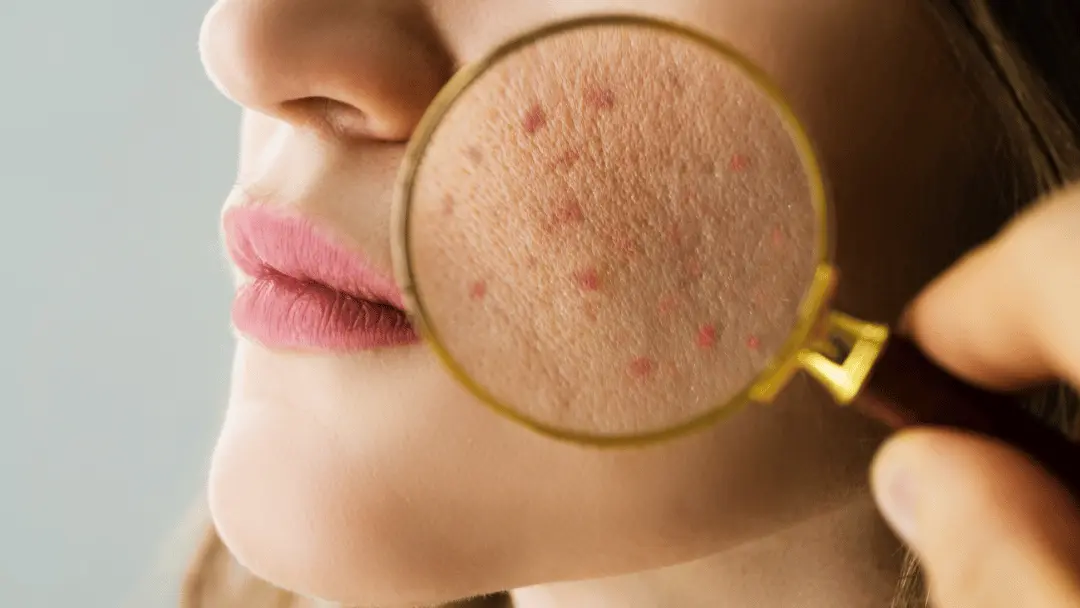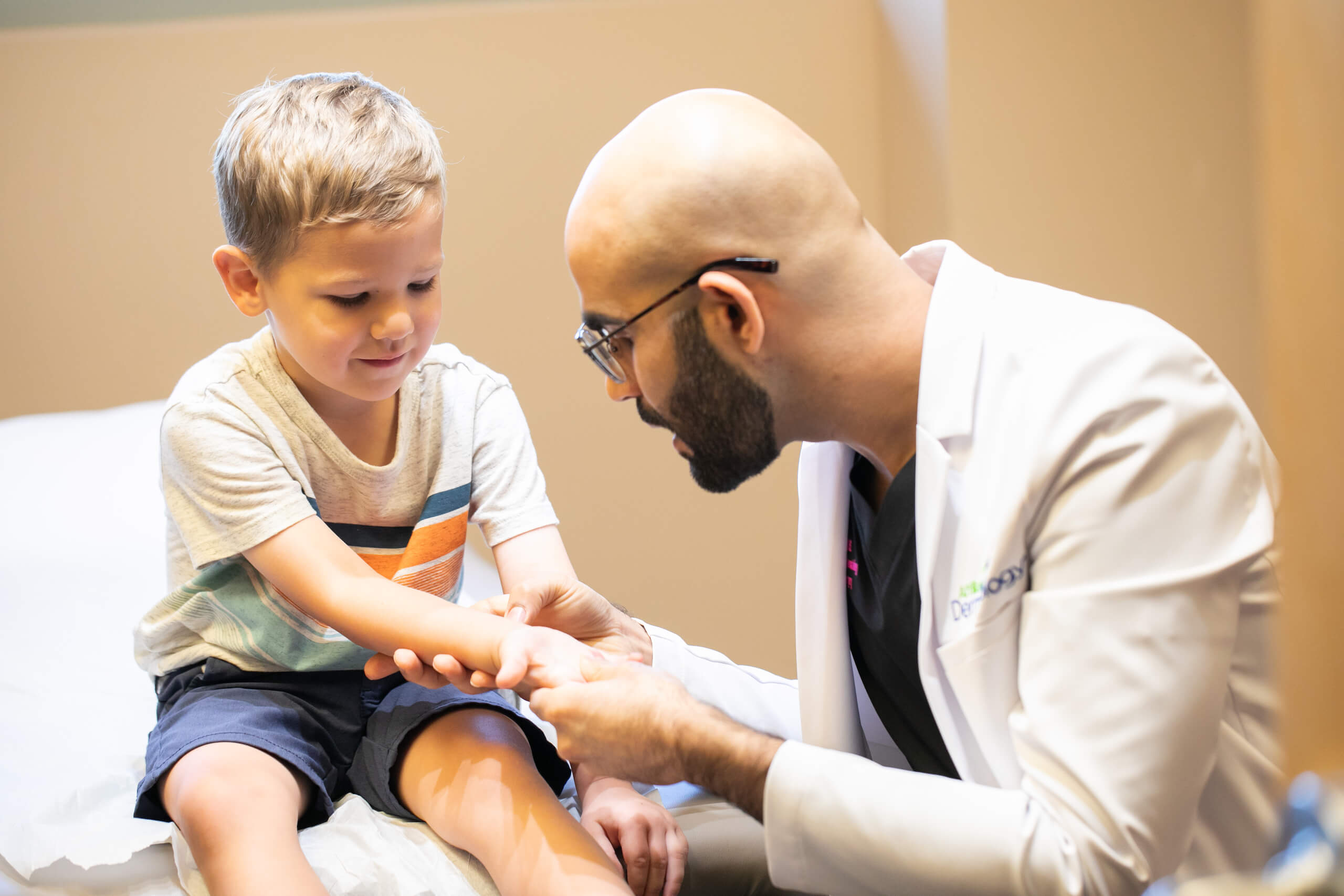Locate a skilled dermatologist near me who can help with your skin concerns.
Comprehensive Dermatology Understanding: Addressing Acne Issues, Mole Issues, and Dermatitis Effects
When it concerns skin wellness, extensive dermatology expertise is vital; it encourages individuals to tackle typical skin concerns such as acne, mole irregularities, and dermatitis with self-confidence. Understanding acne treatments, identifying prospective skin cancer cells indications in moles, and taking care of dermatitis triggers can significantly boost skin health - mole removal. This article will check out these topics, supplying an informative check into the science behind these common skin issues - an exploration that promises to enlighten and notify
Comprehending the Essentials: What Is Acne, Moles, and Dermatitis?
Acne is a skin problem identified by inflamed or contaminated oil glands, usually noticeable as pimples or spots, primarily on the face, back, and upper body. Moles, on the other hand, are small skin developments triggered by clusters of pigmented cells; they can show up anywhere on the body and differ in color and size.
The Science Behind Acne: Reasons, Types, and Therapies
The complex science behind acne starts with understanding its formation device. This complex process, influenced by various factors, causes various kinds of acne. The write-up will certainly likewise touch upon reliable treatments offered to handle and treat this usual skin problem.
Acne Formation Device
An overwhelming bulk of individuals will certainly experience the usual skin problem called acne at some point in their lives. Acne development begins with the overflow of sebum, an oily material secreted by sweat glands in the skin. This excess sebum, along with dead skin cells, clogs the skin's pores. When these stopped up pores come to be contaminated with Propionibacterium acnes, a microorganism normally existing on the skin, swelling takes place, causing noticeable acne. There are various kinds of acne, consisting of blackheads and whiteheads (non-inflammatory), and papules, pustules, blemishes, and cysts (inflammatory) Hormonal modifications, especially during adolescence or menstruation, can intensify acne by activating raised sebum manufacturing. Recognizing this device is crucial for developing effective treatments, a topic to be talked about later. skin cancer check.

Efficient Acne Therapies
Almost everyone will certainly grapple with acne at some point, making a clear understanding of effective acne treatments vital. Different therapies target various facets of acne, such as inflammation, oil production, and bacteria. Topical treatments like benzoyl peroxide and salicylic acid can get rid of germs and unclog pores. Prescription antibiotics can battle swelling and microorganisms. For serious cases, isotretinoin, a powerful medication, can reduce oil production. Non-drug therapies consist of light therapy and chemical peels. It is necessary to remember that not all therapies will function for everyone, as acne's causes and intensity differ. Dermatologists typically customize therapies to specific needs. Consistent use the chosen therapy and perseverance are key to seeing improvement.
Mole Issues: Identification, Evaluation, and When to Look For Clinical Interest
Moles, typical skin growths, need careful identification and routine exam for optimum skin wellness (acne treatment). Acknowledging the typical look of one's moles, together with any type of adjustments that may happen, is important. Prompt medical attention needs to be looked for when particular indications, which will be discussed, are spotted
Understanding Mole Recognition
Just how does one differentiate between a safe mole and one that may need medical focus? Initially, comprehending the qualities of normal moles is critical. A common mole is typically rounded or oblong, has a smooth edge, and is no larger than 6mm in size. The shade ought to be regular and can differ from pink, tan, brown, or black. Moles normally appear throughout youth or adolescence, and by adulthood, many people have between 10 to 40 moles. Moles that alter in go to this web-site size, form, or shade, end up being itchy or bleed, or appear after age 30 can be worrying. These abnormalities do not automatically show skin cancer cells but are reasons to speak with a dermatologist. Recognizing mole recognition is the first action in skin health and wellness management.
Carrying Out Normal Mole Exams

Recognizing Important Clinical Signs
When should one look for medical interest worrying moles? It is important to seek advice from a dermatologist as soon as abnormal functions are seen. These may consist of asymmetry, uneven borders, varying shades, a diameter bigger than 6mm, or progressing dimension, shape, or shade. Referred to as the ABCDE's of mole evaluation, these modifications might point to malignant cancer malignancy, a dangerous form of skin cancer. In addition, any bleeding, itching, or non-healing sores linked with moles require prompt clinical attention. An individual needs to also be mindful if new moles appear after the age of 30 or if there's an abrupt rise in the number of moles. Routine self-examinations coupled with expert analyses make sure very early discovery and reliable therapy of prospective skin abnormalities.
Eczema Explained: Reasons, Signs And Symptoms, and Handling Flare-Ups
Although dermatitis may show up as a simple skin irritability to the untrained eye, it is, in reality, a complicated dermatological problem with a wide variety of potential reasons. Eczema, likewise referred to as atopic dermatitis, is generally triggered by a mix of see genetic and ecological elements. Taking care of eczema usually includes recognizing and avoiding triggers, preserving a great skin treatment regimen, and making use of prescribed treatments.
Practical Skin Care Tips to stop and Manage Acne, Moles, and Eczema
Recognizing and addressing skin problems such as acne, moles, and eczema need useful and efficient skin care practices. A well balanced diet plan abundant in anti-oxidants can enhance skin health and lower swelling, possibly minimizing acne and eczema intensity. Normal skin checks aid in very early mole discovery, potentially avoiding skin cancer cells.
Expert Dermatology Treatments: An Overview of Modern Solutions
Skin specialists today have a large variety of effective treatment options to deal with numerous skin conditions. With moles, expert elimination is carried out if they posture a health threat. All these therapies are under the specialist assistance and treatment of skin doctors, guaranteeing risk-free and efficient management of skin conditions.
Final thought
Acne administration requires knowledge of numerous treatment alternatives, while mole evaluation can lead to early discovery of skin cancers my explanation cells. Extensive dermatology knowledge is crucial for stopping and handling these skin conditions, stressing the demand for professional skin doctor care to enhance skin wellness.